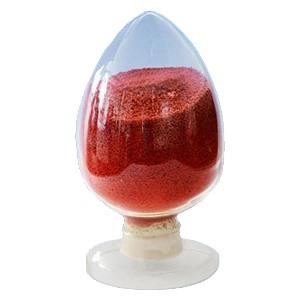Cobalt transportation requirements and hazard prevention
Cobalt is a chemical element with relatively high stability, which has been widely used in industry and medical industry, but it is harmful to the human body and has been included in the list of carcinogens by WHO. Then, What matters should be paid attention to in storage and transportation of cobalt, which can cause cancer but is more practical?
Storage and transportation:
It should be transported in accordance with the relevant regulations of flammable and explosive dangerous goods. In summer, it needs to be transported in the morning or at night, so as to avoid sunlight exposure. During the transportation process, excessive impact and shock cannot be used in the same vehicle as the curing agent. .During the storage process, it must be kept dry, insulated, ventilated, without direct sunlight, and the temperature is below 25 degrees Celsius. The product packaging barrels should not be stacked more than 2 layers, and the barrel lids should be tightly closed.
Health Hazards:
Cobalt dust can cause "hard metal disease" (hard metal disease), which is manifested as allergic asthma, dry cough, dyspnea, occasional chemical pneumonia (interstitial pneumonia), pulmonary edema, etc. Symptoms gradually ease after exposure. CoO can also cause asthma.
The effect of this element on the skin is mainly allergic or irritant dermatitis. The exposed skin has erythema and slight itching. It is common in the hands, wrists, forearms and other parts and skin folds. It is more common in summer and the patients are mostly new workers. In patients with the above skin diseases, a positive skin test can prove an allergy to the substance.
Inhalation of cobalt acetate dust can cause symptoms of acute chemical gastritis, such as nausea, vomiting, severe upper abdominal pain, and even vomiting and blood in the stool.
Hazard Prevention:
In case of accidental ingestion, gastric lavage is required immediately; if the solution accidentally splashes into the eyes, rinse with water or normal saline for at least 15 minutes.
CaNa2-EDTA, CaDTPA and cysteine can reduce the toxicity of cobalt and can be tried. For dermatitis, acetic acid and urea cream ointment can be applied locally. Patients with chemical pneumonia and pulmonary edema should be treated with glucocorticoids.


